Channel 4 released a new set of idents in October 2017 which they named the “Giant” idents. These new idents use modern CGI techniques to place a playful metallic “Giant” in situations around the UK to represent different communities whilst showing the spirit of the broadcaster.
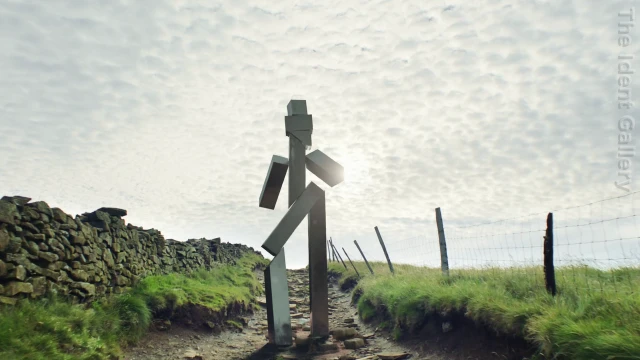
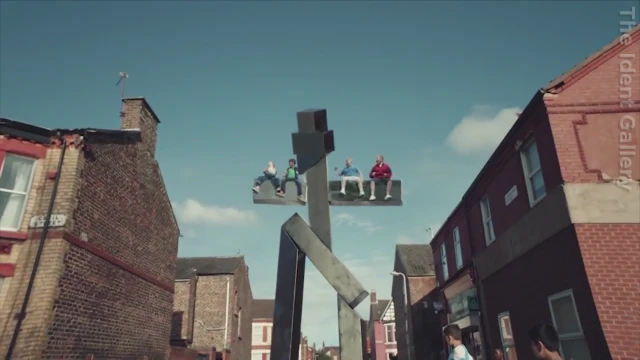
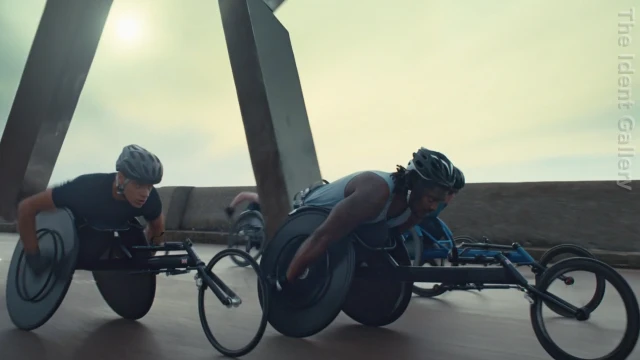
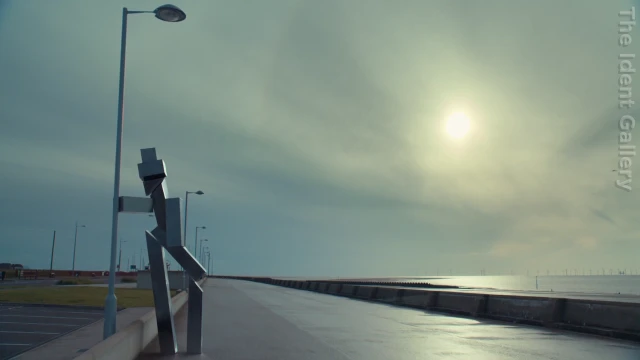
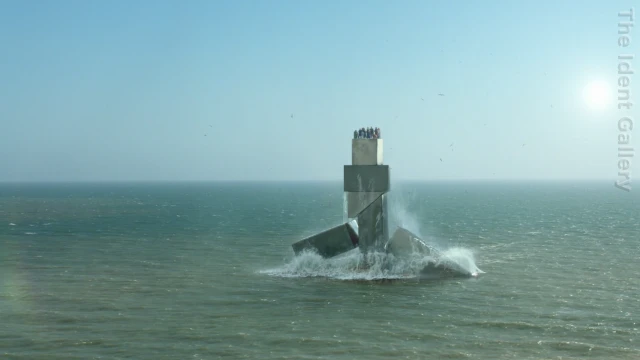
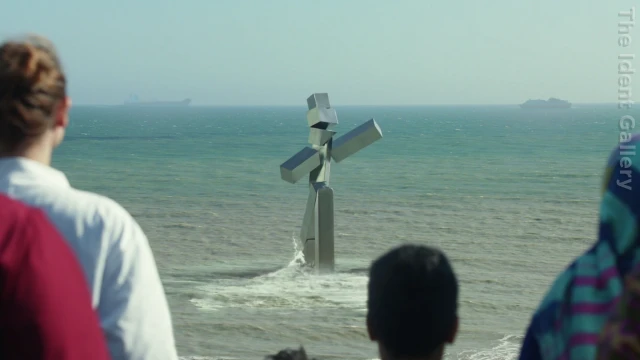
Analysis
The “giant” idents are a set of brand films that were created by Channel 4’s award-winning in-house creative agency 4Creative, working in close collaboration with the award-winning director Dougal Wilson of Blink Productions and Oscar-winning visual effects company MPC. They are short clips used in ad breaks and breaks between programmes to identify the channel and display its brand
In the idents, a giant made out of metallic blocks (which make up the Channel 4 logo) interacts with people from around the UK. The giant was designed to represent Channel 4’s aims to take creative risks, inspire change and represent a diverse range of voices across the UK. The idents feature a soundtrack which calls back to the Channel’s 1982 idents from when the channel first launched, they call this motif “Fourscore”.
The new presentation follows on from the set of idents launched in September 2015 which saw the Channel 4 logo deconstructed and its blocks’ impact in different situations. The films adopt a new tone and continue to make use of the ‘broken up’ Channel 4 logo blocks introduced then, this time using them to form a C4 giant.
The idents make extensive use of modern CGI techniques to allow the giant to appear as if it exists in the real world and to make it seem like it is interacting with other people. The idents also make interesting use of physics, for example in the “Wheelchair Race” ident, at the end the giant disassembles into a pile of blocks on the ground.
The mood conveyed by the “giant” idents is one of inclusion, diversity and championing alternative voices. The idents contain many comedic moments but also aim to reinforce the values important to Channel 4. The quirkiness and humour of the idents are another side to Channel 4 that they wanted to get across – They want to separate themselves from what they believed to be the ‘boring’, corporate image of other broadcasters such as the BBC and ITV.

